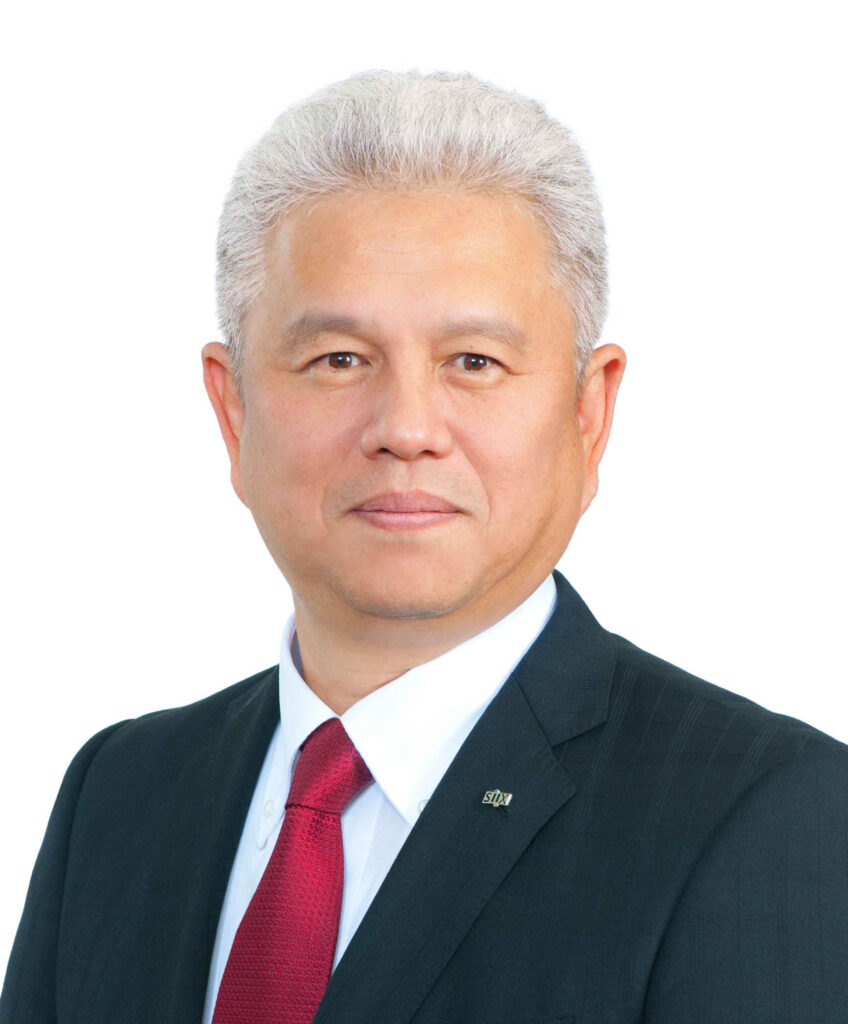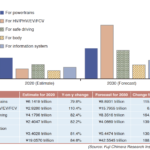ASIA ELECTRONICS INDUSTRYYOUR WINDOW TO SMART MANUFACTURING
SIIX Taps Global Base, Alliances to Boost EMS Business
SIIX Corporation has been expanding its electronics manufacturing services (EMS) business in the global market, focusing on automotive electronics and industrial equipment. The company cultivates new Japanese customers, obtains orders from major non-Japanese global customers, and increases sales in the non-commodity field. At the same time, SIIX expands its alliances with business partners, and has been cultivating new business domains beyond EMS.
As an EMS company, SIIX also functions as a trading company, procuring materials and components. It has been deploying EMS business focusing on automotive electronics and industrial equipment, and eyes wide range of electronic fields, including information and communications equipment, and consumer equipment.
SIIX has production bases in Kanagawa Prefecture in Japan; Dongguan, Hubei, and Shanghai in China; Samutprakan in Thailand; Batam and West Java in Indonesia; the Philippines; San Luis Potosi in Mexico; Nagykőrös in Hungary; and Nitra in Slovakia. The company also pursues joint ventures with China’s Media Group.
Efforts for Business Expansion
Explaining how it has been making steady progress in the attainment of goals as laid out in its FY2021 management plan, Koji Yanase, President of SIIX, says, “In the company’s medium-term management plan, we set to expand deals with leading global companies, contribute to a carbon-free society, and promote diversified management. By FY2023, we target 25 percent of sales to leading non-Japanese global customers. We have expanded sales to leading non-Japanese global companies to 16 percent in the first half of FY2021 from 14 percent of the same period of the previous year.”

Within FY2021, SIIX deploys businesses with new Japanese customers in Shanghai, Dongguan, and Mexico. The No. 2 factory under construction in Karawang in Indonesia for automotive electronics-related equipment customers will be completed in mid-September and go into full-scale operation. Also, a group company manufactures and sells security robot with the demand expanding to meet labor-saving needs.
With the aim of expanding battery-related business, SIIX Singapore Pte. Ltd. has established a joint venture with Orient Technology Co., Ltd., a provider of energy storage solutions. SIIX Singapore actively generates battery-related manufacturing business and strengthens relationships with cell manufacturers.
Recently, SIIX Singapore builds up its relationship with technology partners around the world to achieve and provide optimum combinations of needs and seeds. These collaborations have begun to produce results. Specifically, the company has developed and provided modules combining sensor to electronic components in partnership with Singapore government organization and university.
EMS Plus Service
Yanase says, “To provide EMS plus services, we have been expanding collaborations with business partners in optical and sensor, communications and internet of things (IoT), robotics, raw materials and materials, and energy management fields.”
In the optical and sensor field, the company proposes the application of optical lenses and infrared (IR) sensors to medical equipment, automotive electronic devices, smart buildings, security, automotive electronics, and robotics.
SIIX was established in July 1992 by Shiro Murai as Chairman, who was Vice President of SAKATA INX CORPORATION, by spinning off the overseas business on electronic components and devices of SAKATA INX into an independent company. At present, the two companies have combined and have been expanding cooperation. Today, the companies focus on the printed electronics field.
Meanwhile, a collaboration among SAKATA INX on electronics chemical materials, SIIX on mass production technology, and Wonder Future Corporation on damageless components mounting technology using IH reflow technology, the development of digital signage displays, IoT sensors, and fifth-generation (5G) antennas has also made good progress.




